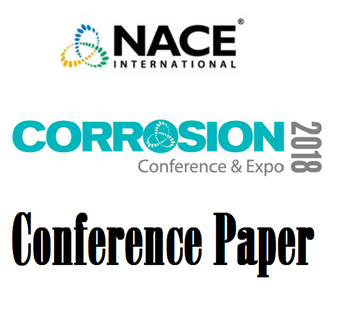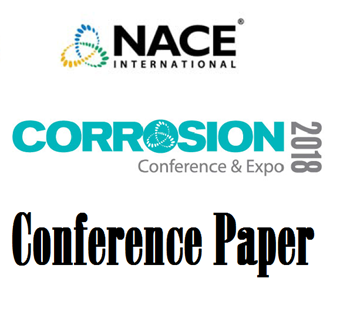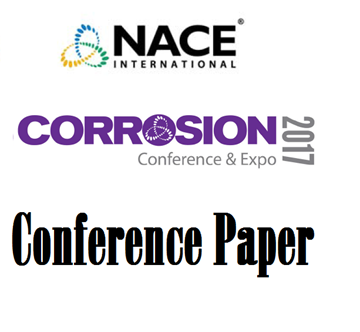Search
Products tagged with 'cathotic protection'
View as
Sort by
Display
per page
51318-10944-Cathodic protection affected by stray current transients: Critical duration and amplitude
Product Number:
51318-10944-SG
Publication Date:
2018
$20.00
51318-10963-Fatigue and Static Crack Growth Rate response of C110 under CP using a single specimen methodology
Product Number:
51318-10963-SG
Publication Date:
2018
$20.00
Corrosion Control of Pilings in Seawater: Buzzards Bay, Ma
Product Number:
51384-84345-SG
Publication Date:
1984
$20.00
Corrosion Protection Status And Countermeasures Of Shield Tunnel Pipeline
Product Number:
51322-17518-SG
Publication Date:
2022
$20.00
Estimating the Financial Risk Reductions Associated with Cathodic Protection Programs
Product Number:
51320-14546-SG
Publication Date:
2020
$20.00
Long Term (20 Years) In-Service Performance of Concrete ICCP of Marine Wharf Structures in Australia
Product Number:
51320-14510-SG
Publication Date:
2020
$20.00
NACE TM0294-2016-SG, “Testing of Embeddable Impressed Current Anodes for Use in Cathodic Protection of Atmospherically Exposed Steel-Reinforced Concrete”
Product Number:
21225-SG
ISBN:
1-57590-133-1
Publication Date:
2016
$109.00
On-Site Parameter Measurements And Corrosion Coupon Tests Of Buried Pipeline Subject To AC Interferences Of High Speed Railway
Product Number:
51322-17725-SG
Publication Date:
2022
$20.00
Retrofit Strategy Using Aluminium Anodes for the Internal Sections of Windturbine Monopiles
Product Number:
51317--8955-SG
ISBN:
8955 2017 CP
Publication Date:
2017
$20.00
RP0285-2002 (Chinese), Corrosion Control of Underground Storage Tank Systems by Cathodic Protection
Product Number:
21109-SG
ISBN:
1-57590-143-9
Publication Date:
2002
$179.00
RP0375-HD2006-SG Field-Applied Underground Wax Coating Systems for Underground Pipelines: Application, Performance, and Quality Control-HD2006
Product Number:
21013-HD2006
ISBN:
1-57590-089-0
Publication Date:
2006
$179.00
RP0387-1990, Metallurgical and Inspection Requirements for Cast Sacrificial Anodes for Offshore Applications
Product Number:
53055-HD1990
ISBN:
1-57590-081-5
Publication Date:
1990
$179.00
- 1
- 2












